Day 3 - Walking The Nakasendō, and Lessons In Moderation Learned from Hina Dolls
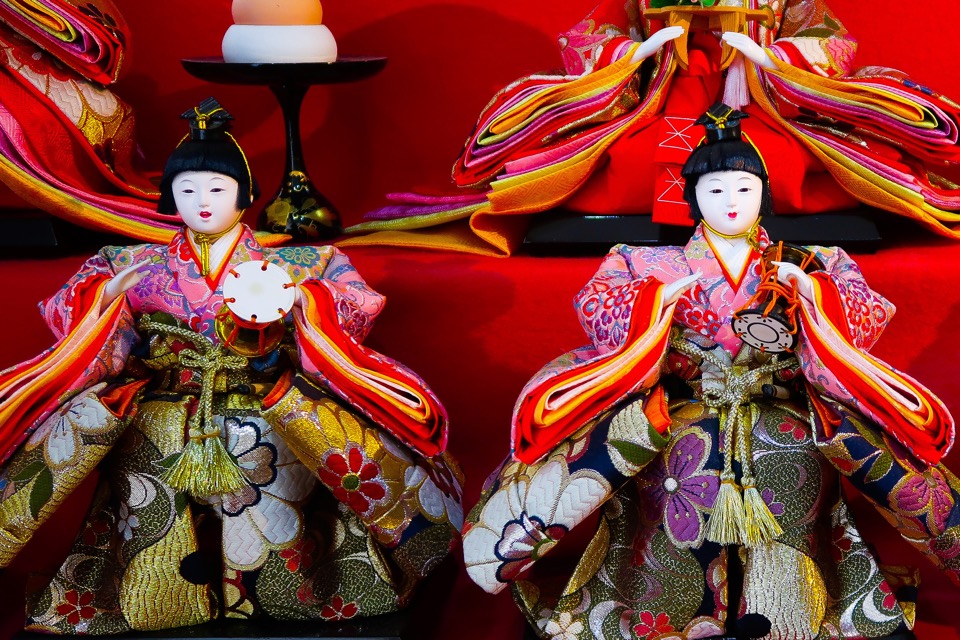
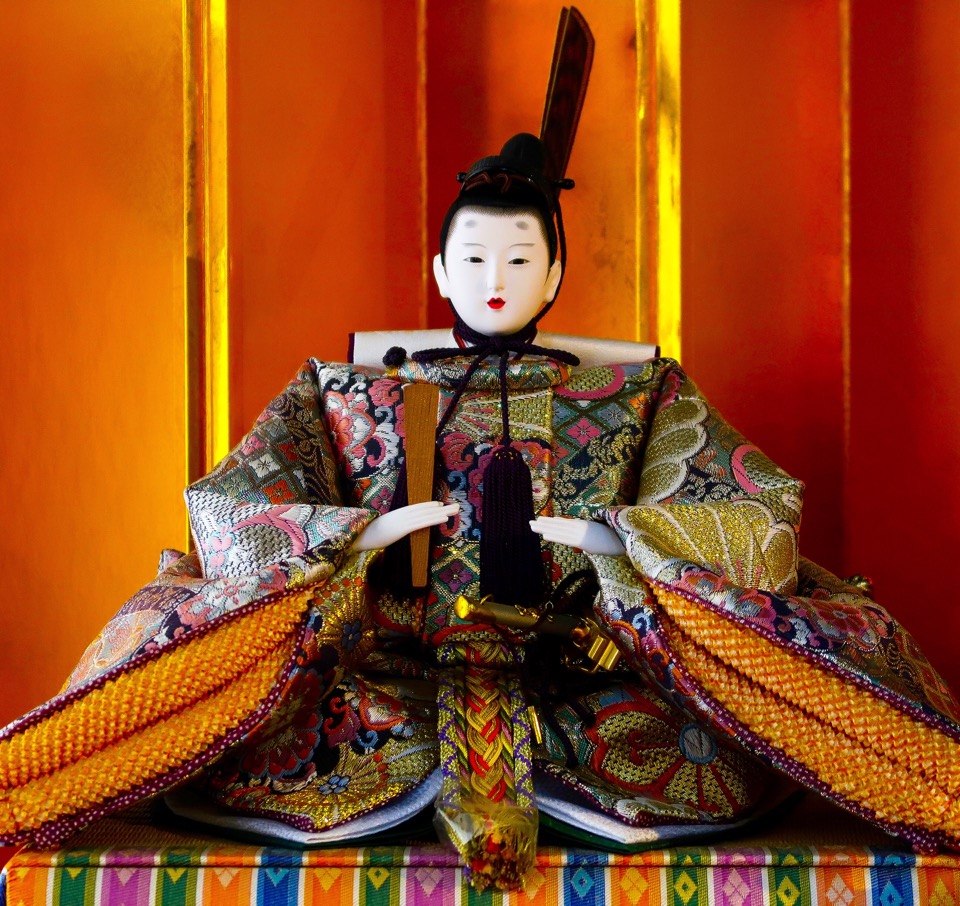
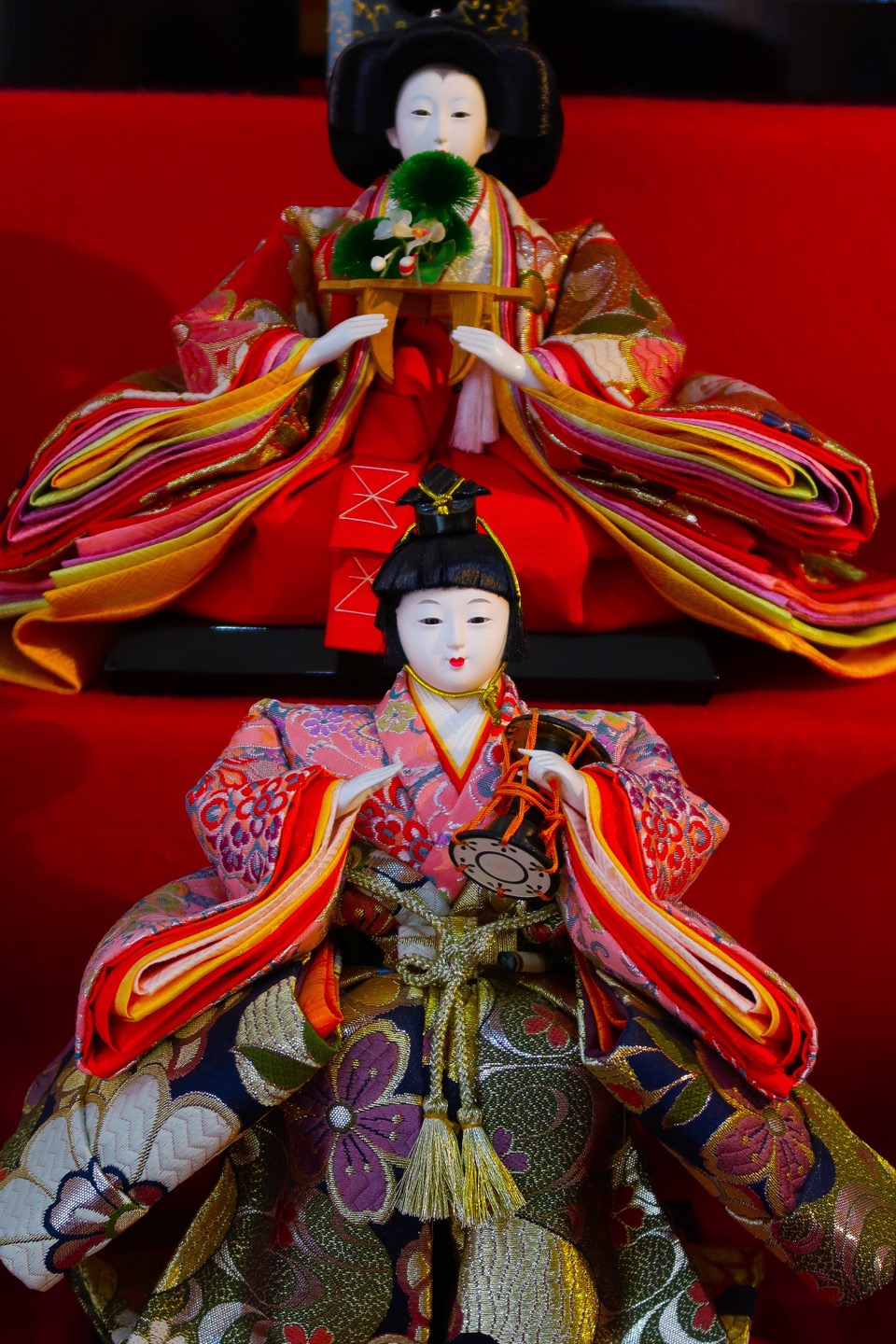

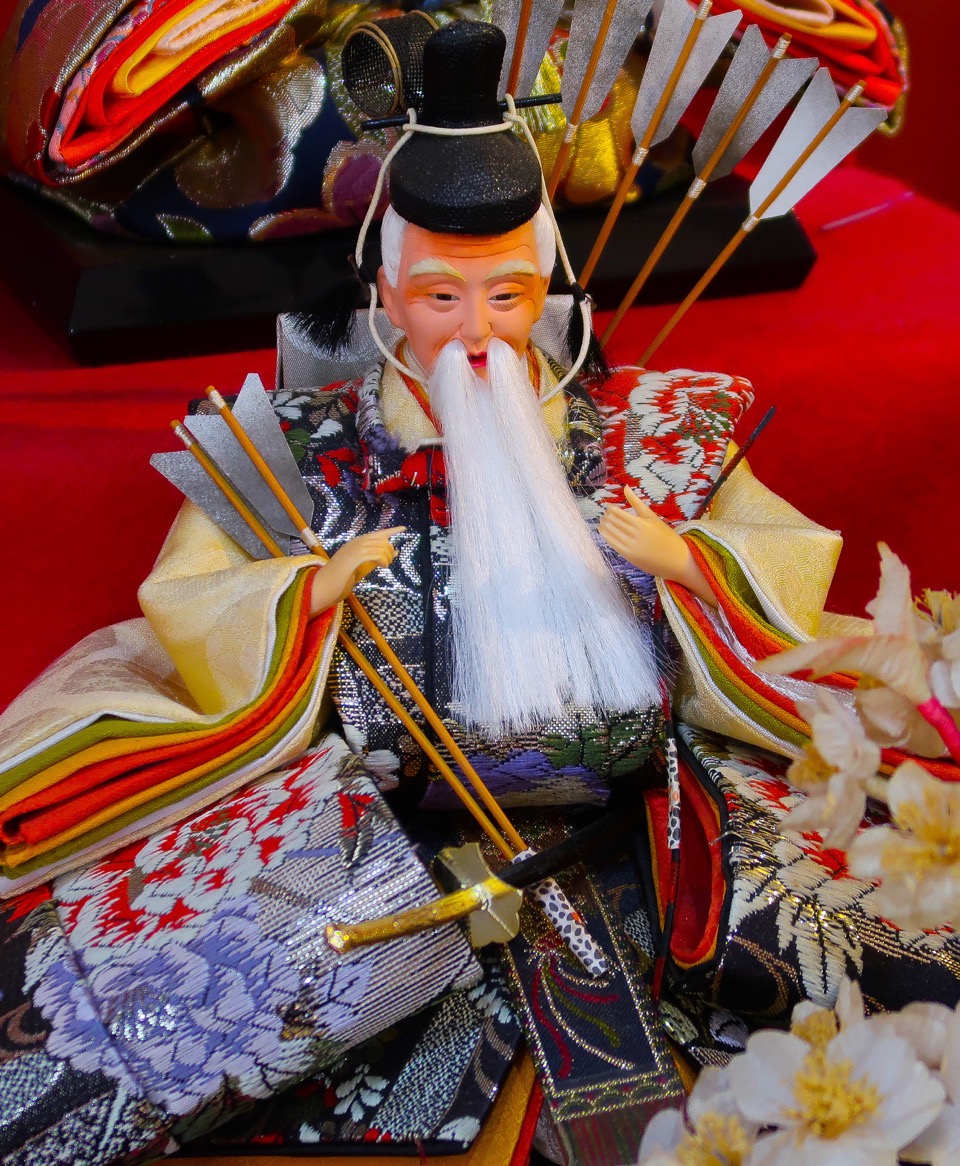

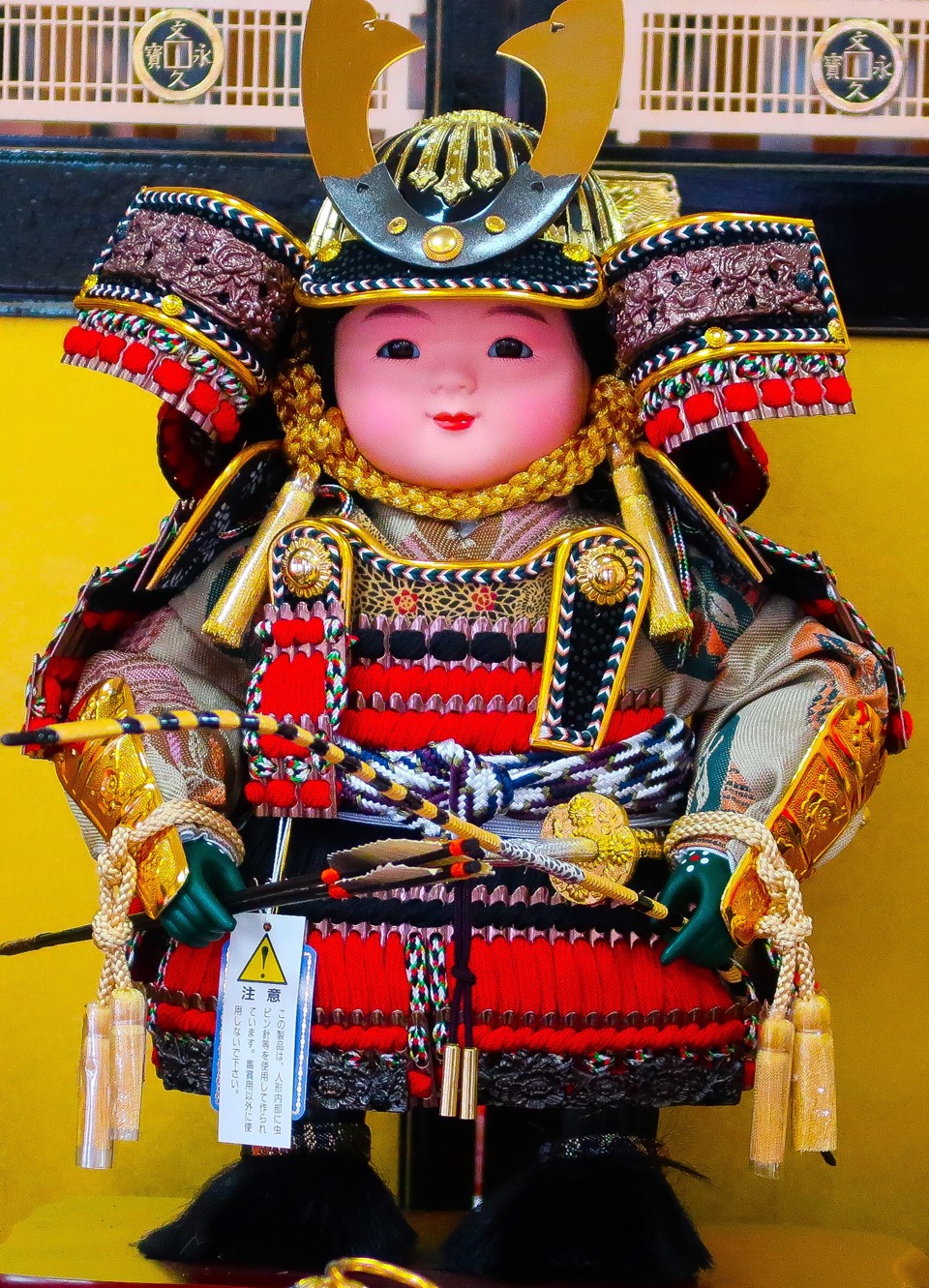

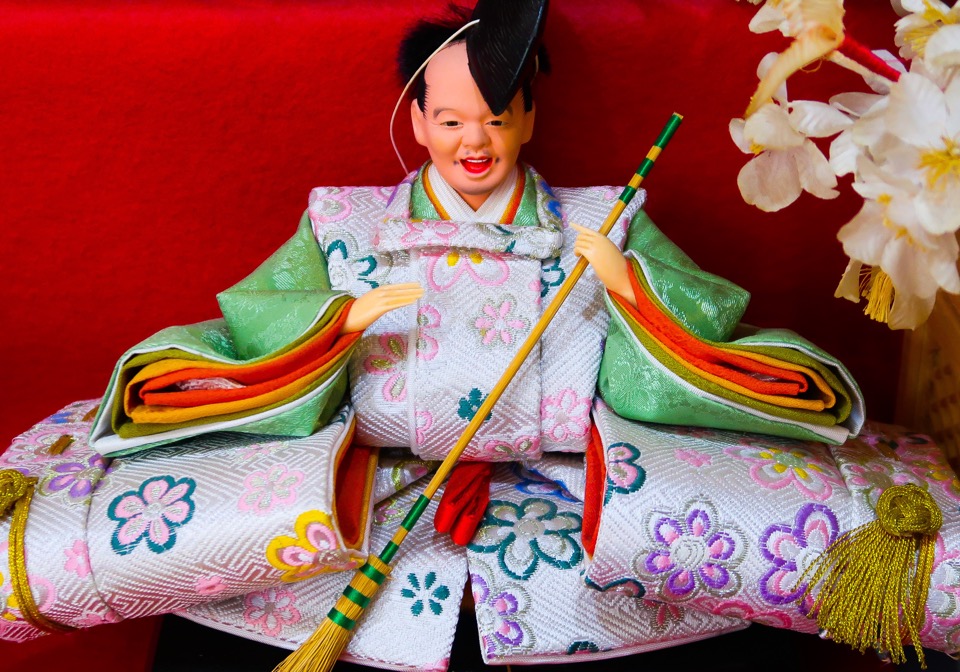

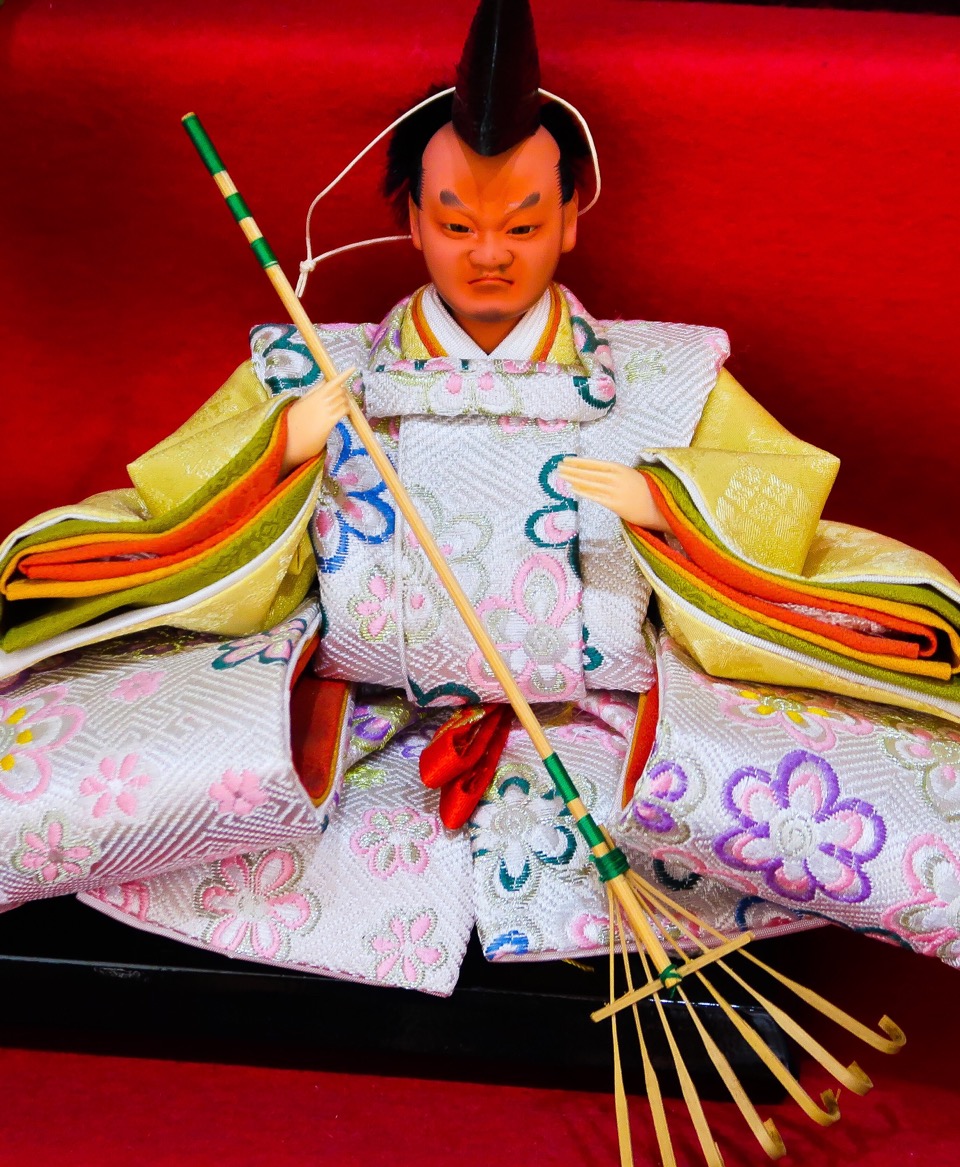
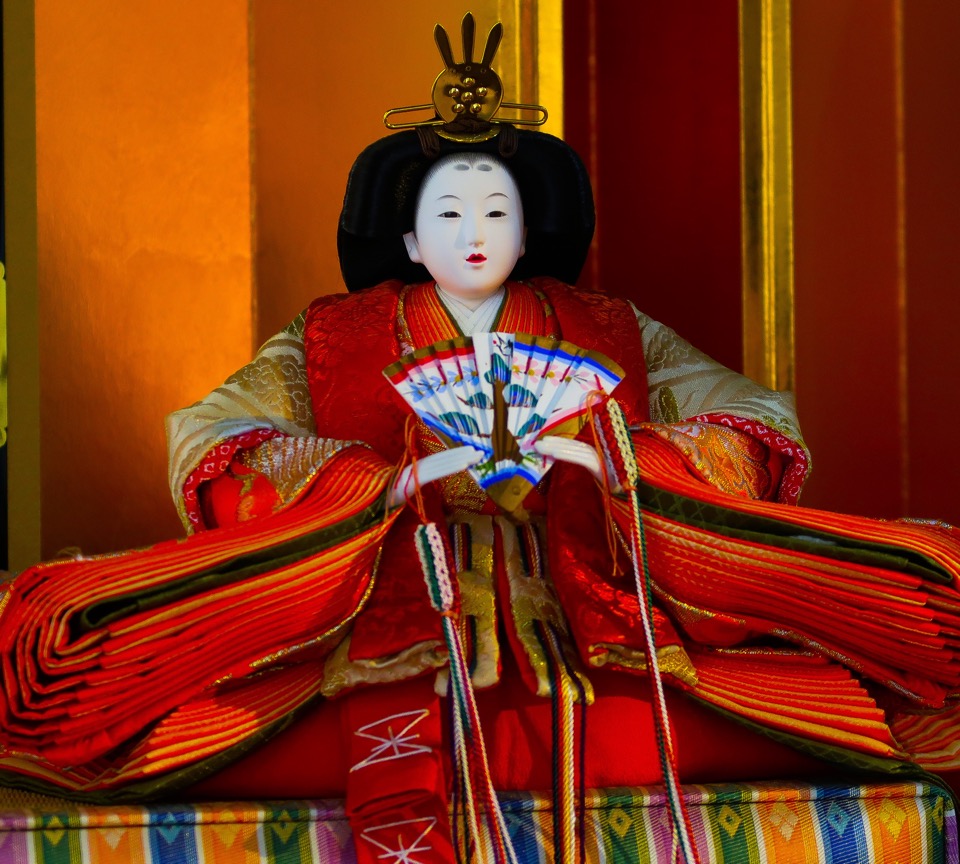



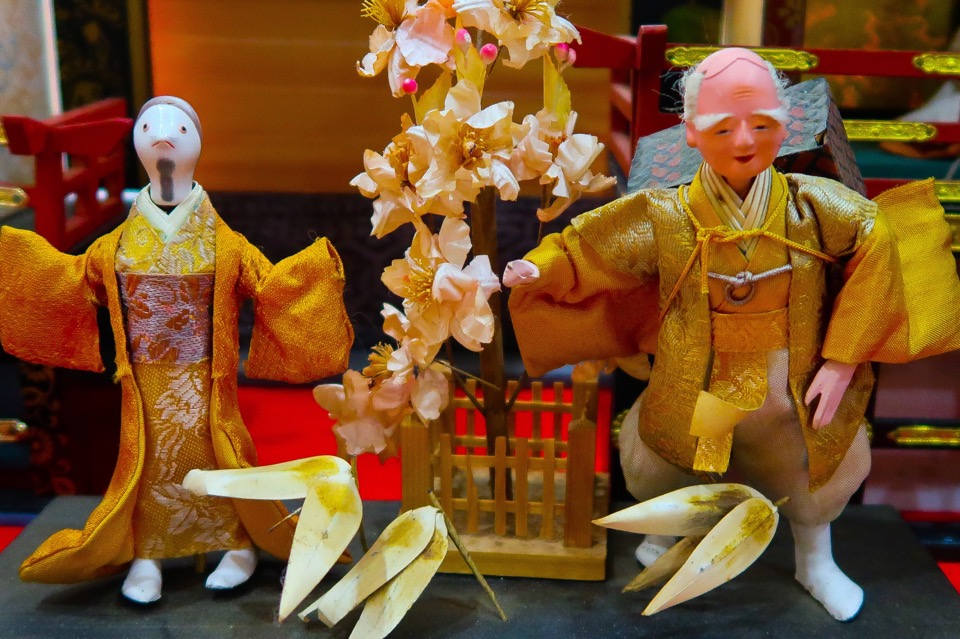

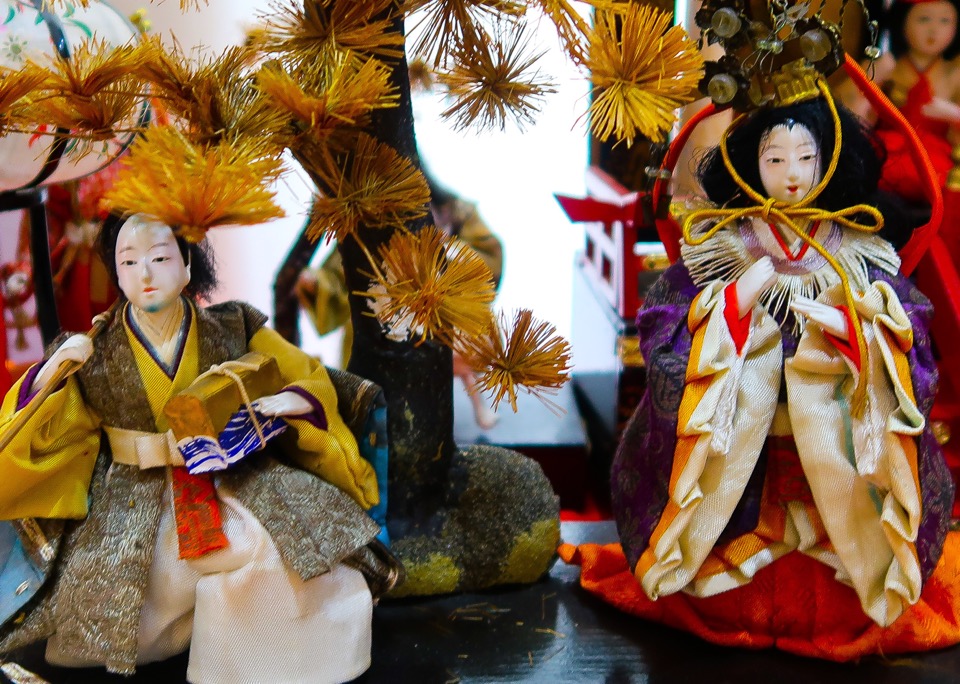
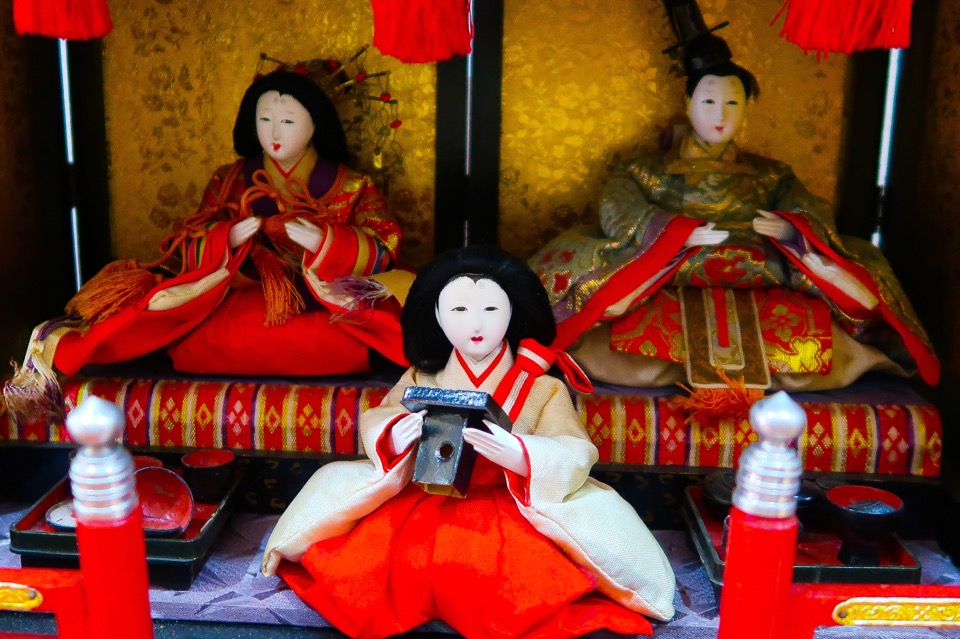




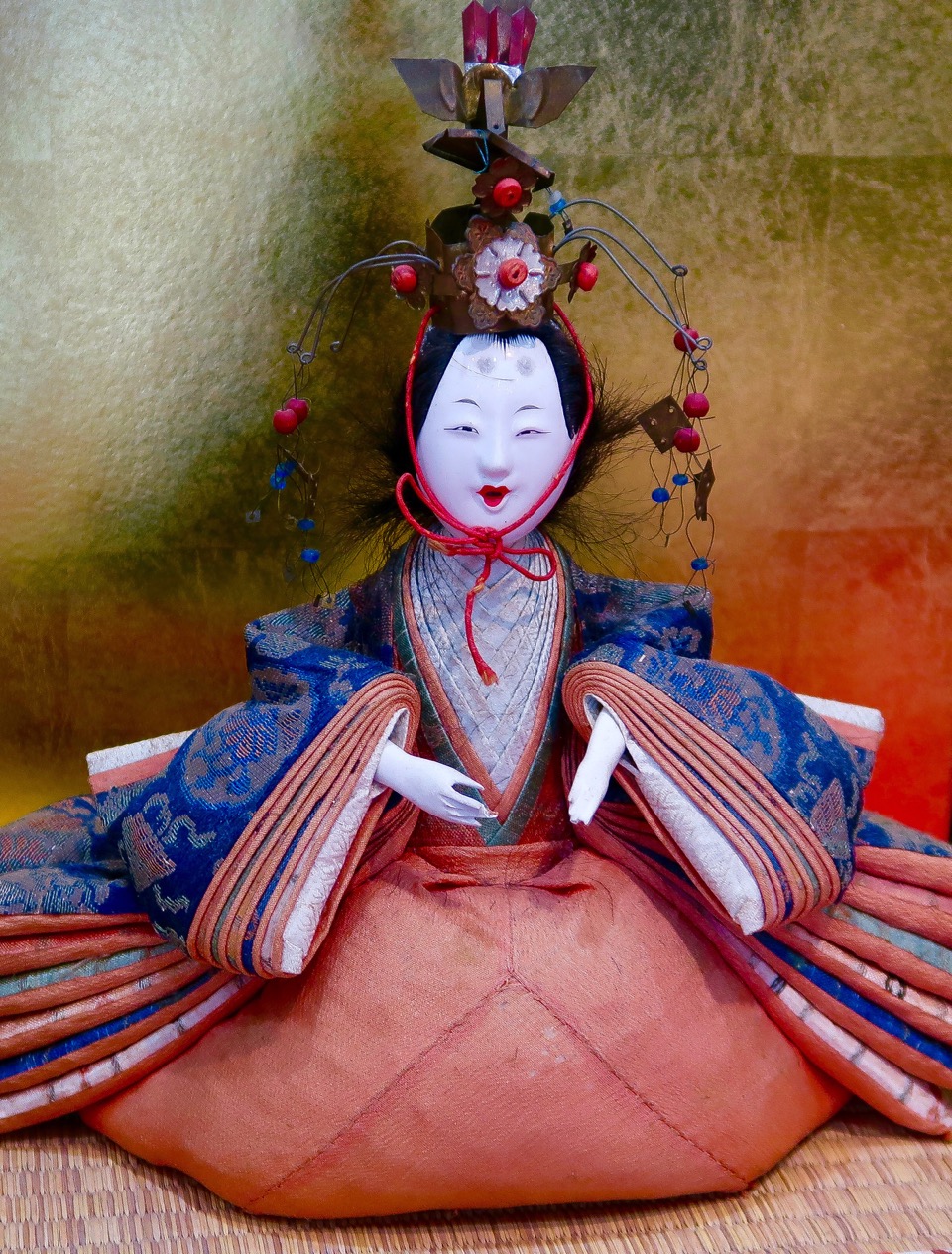
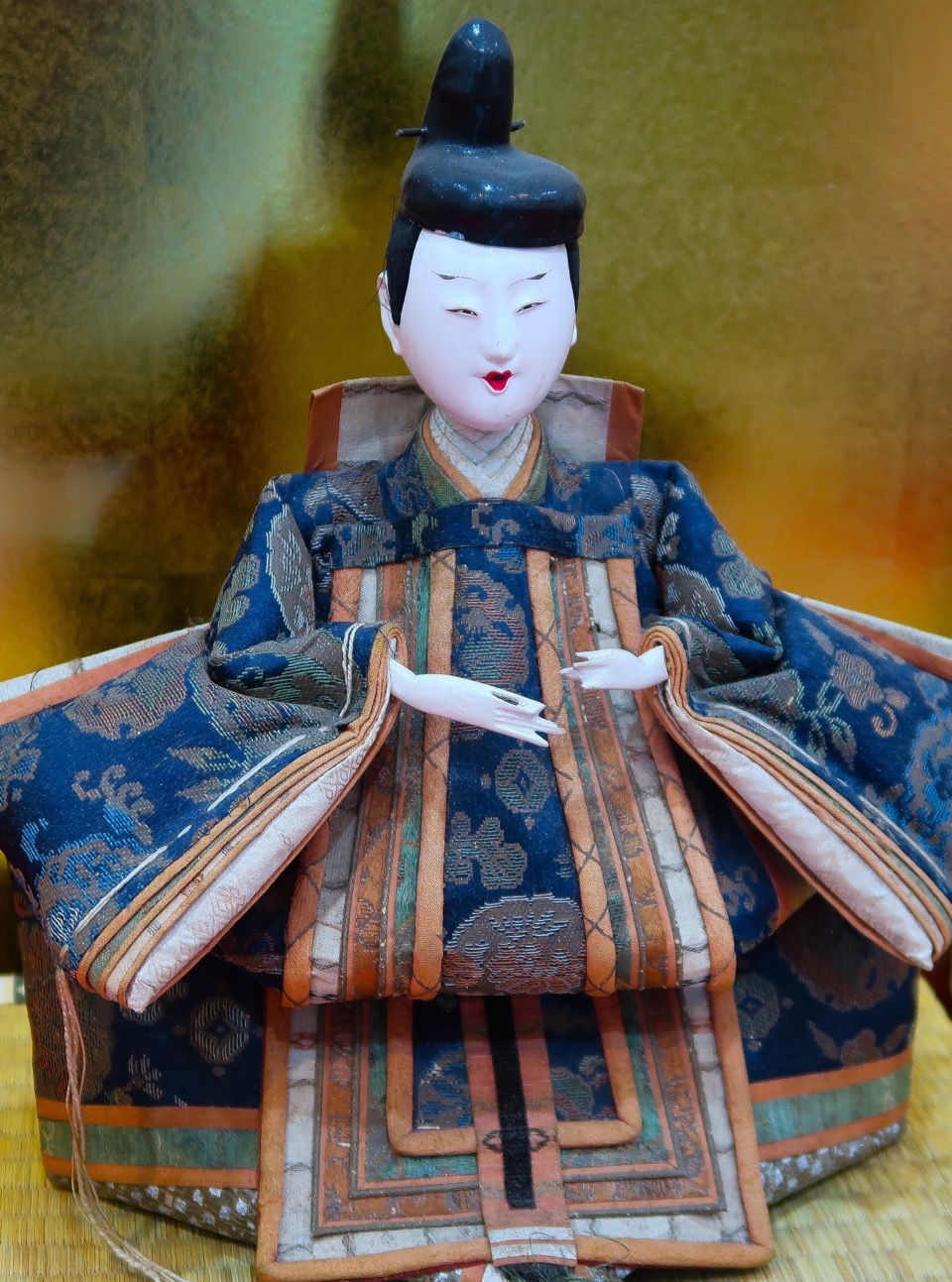

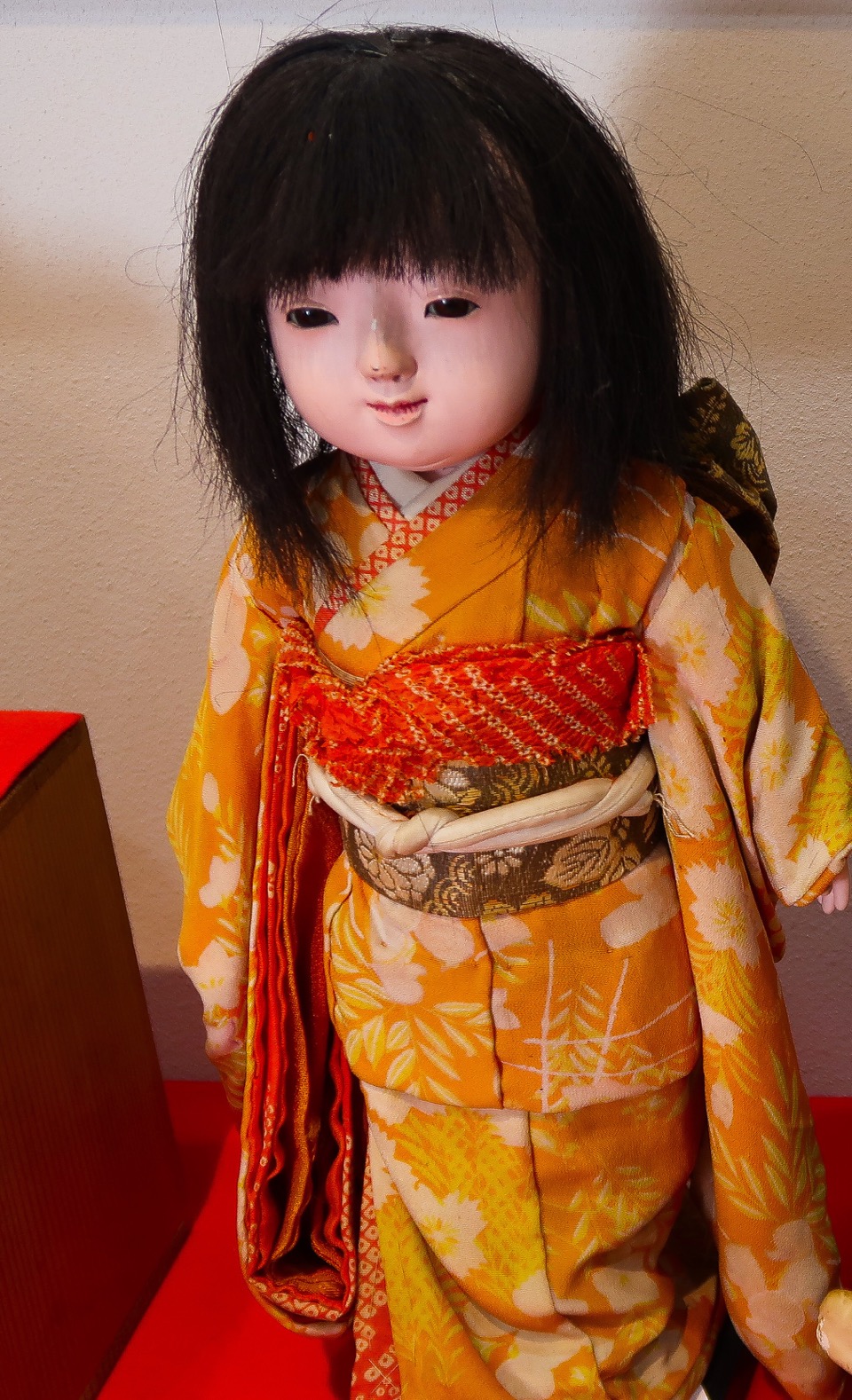

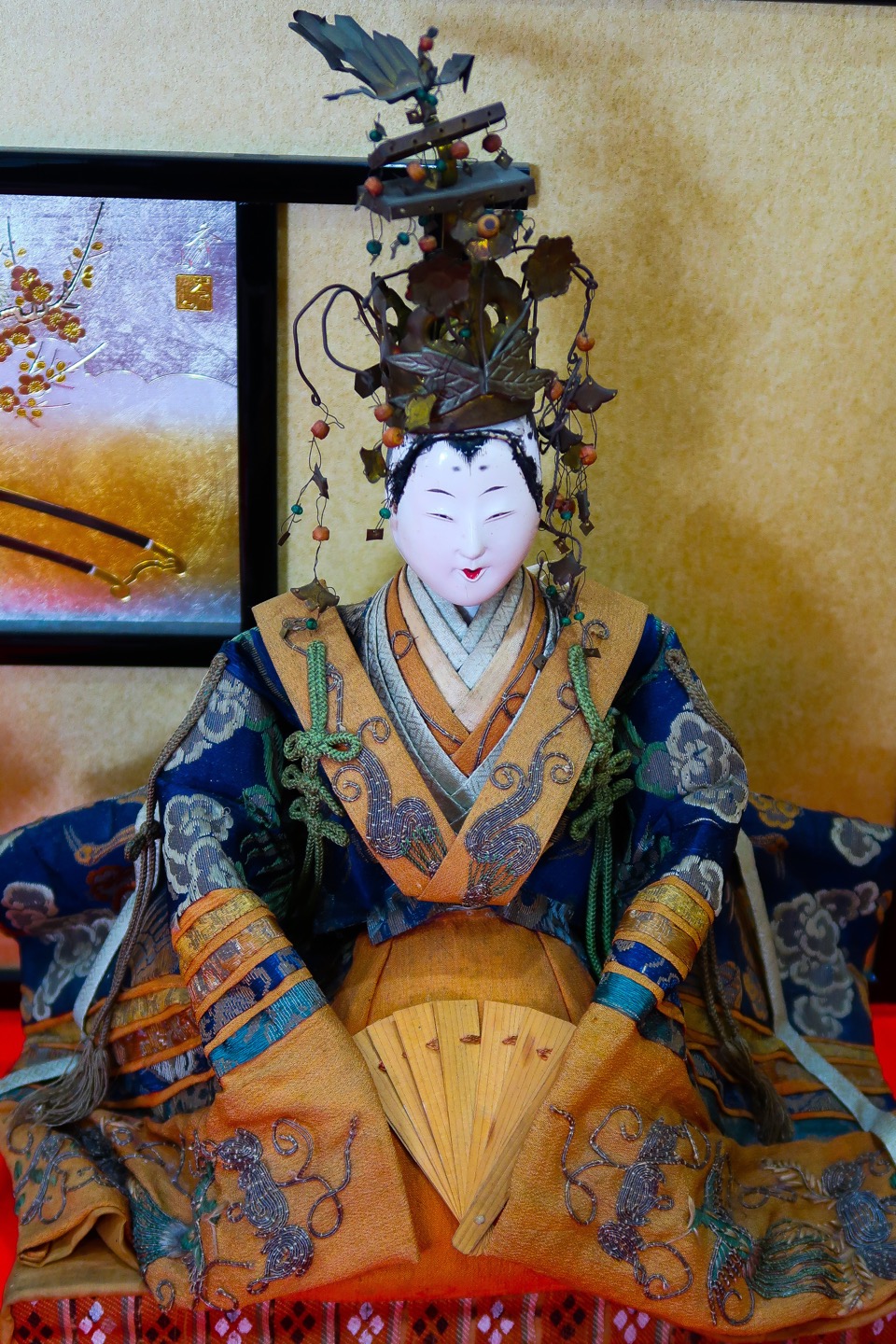
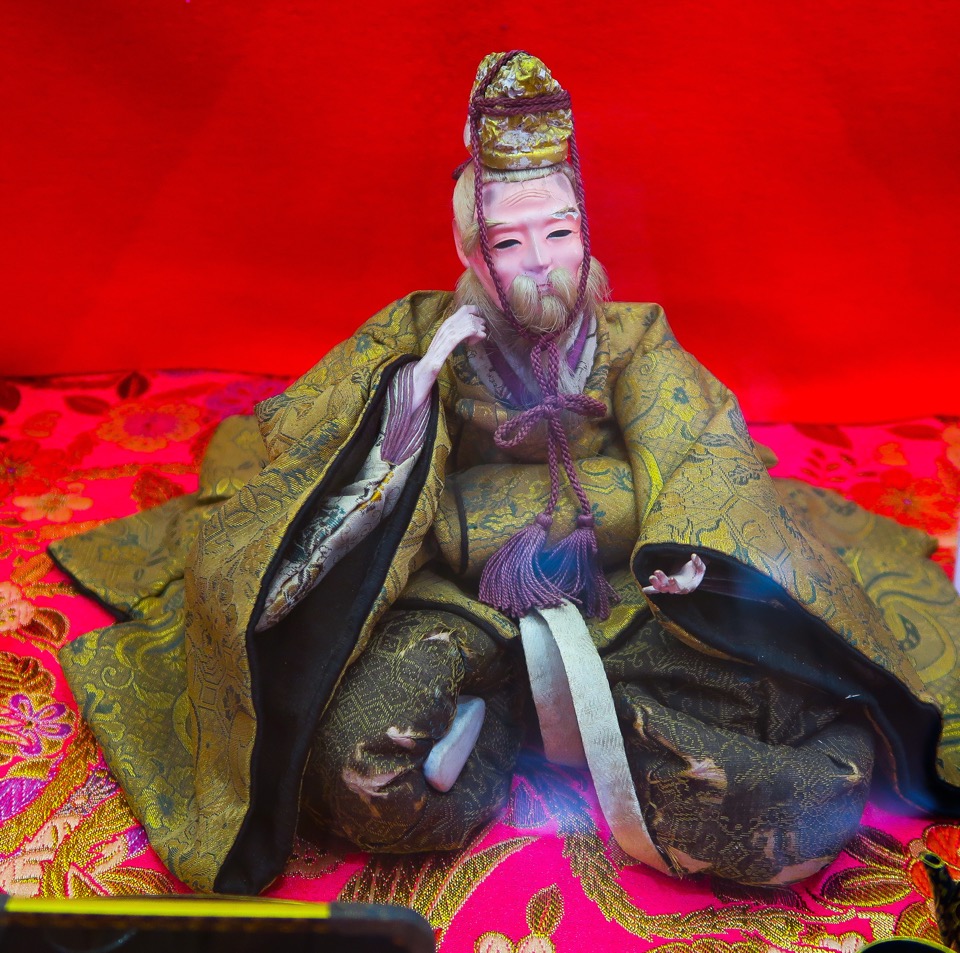
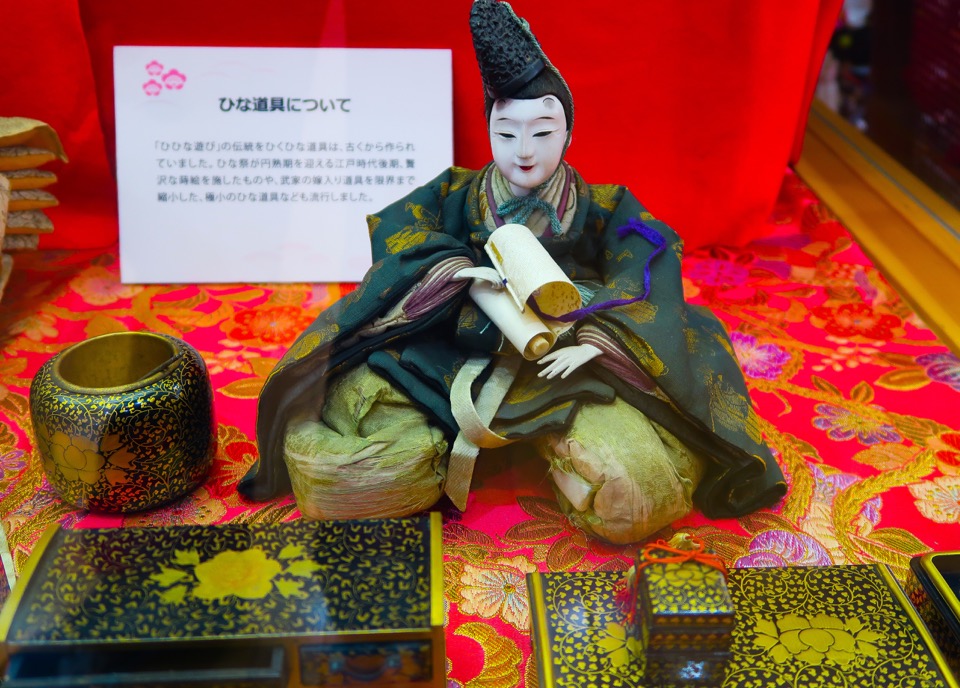
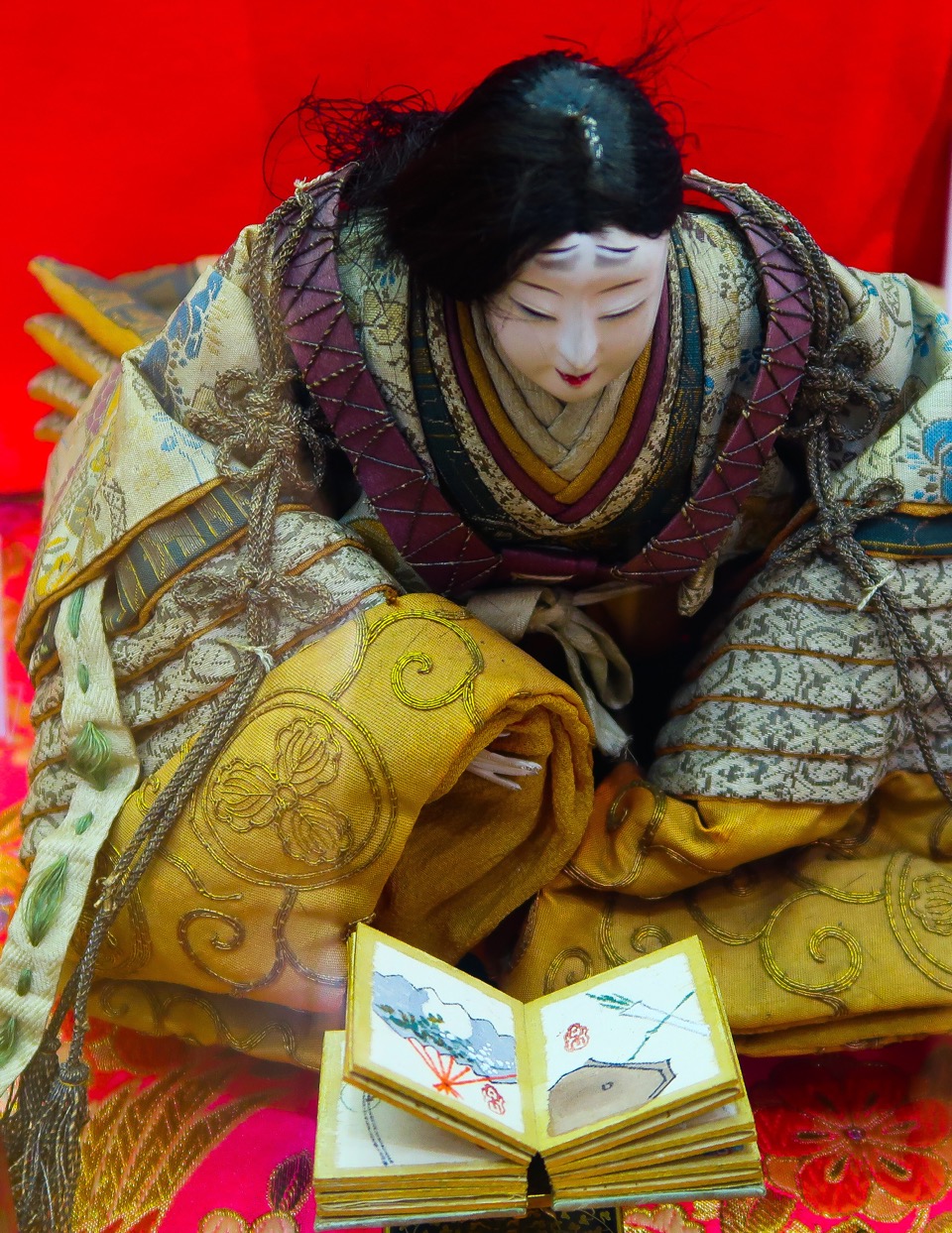
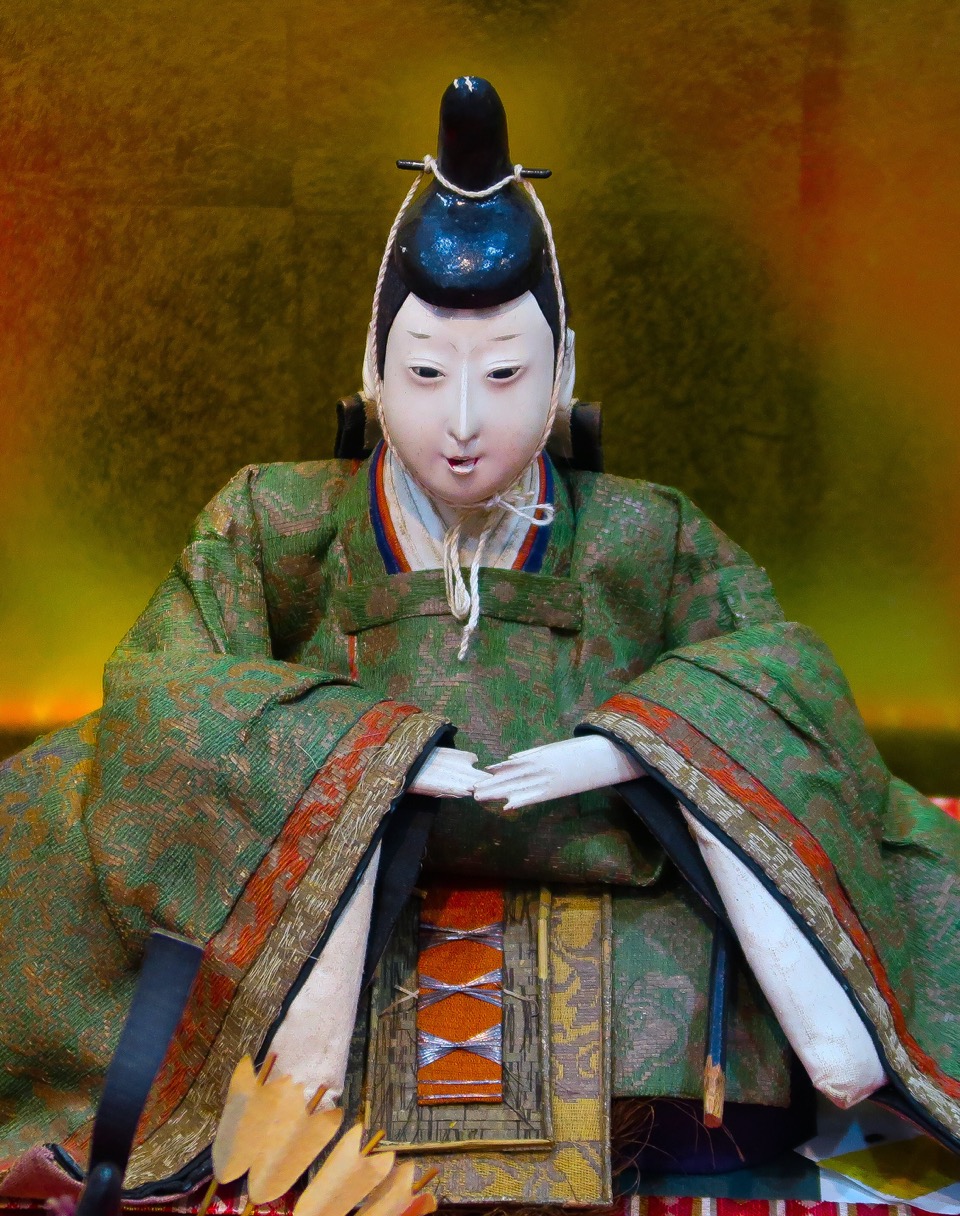

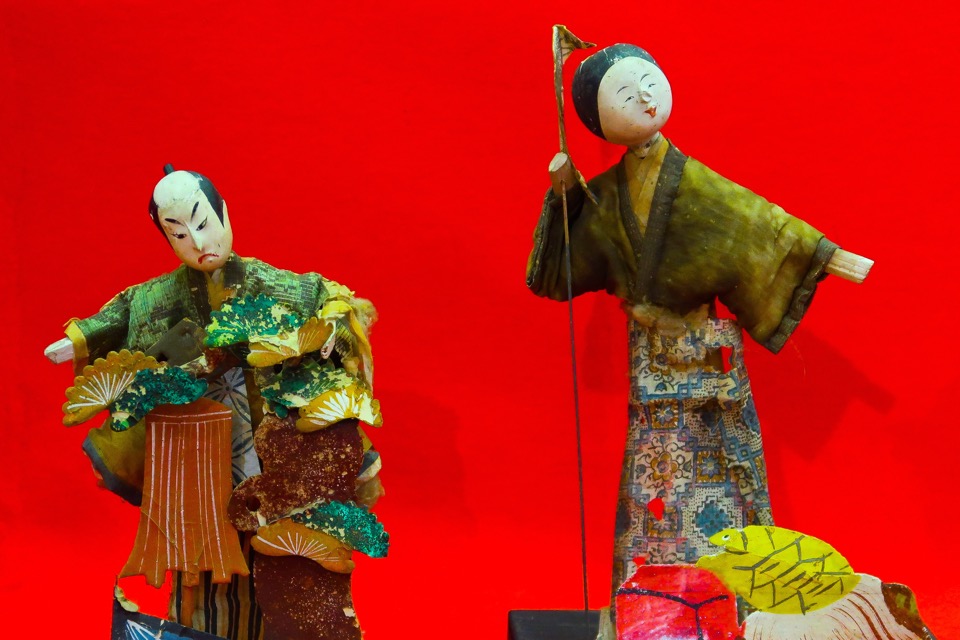
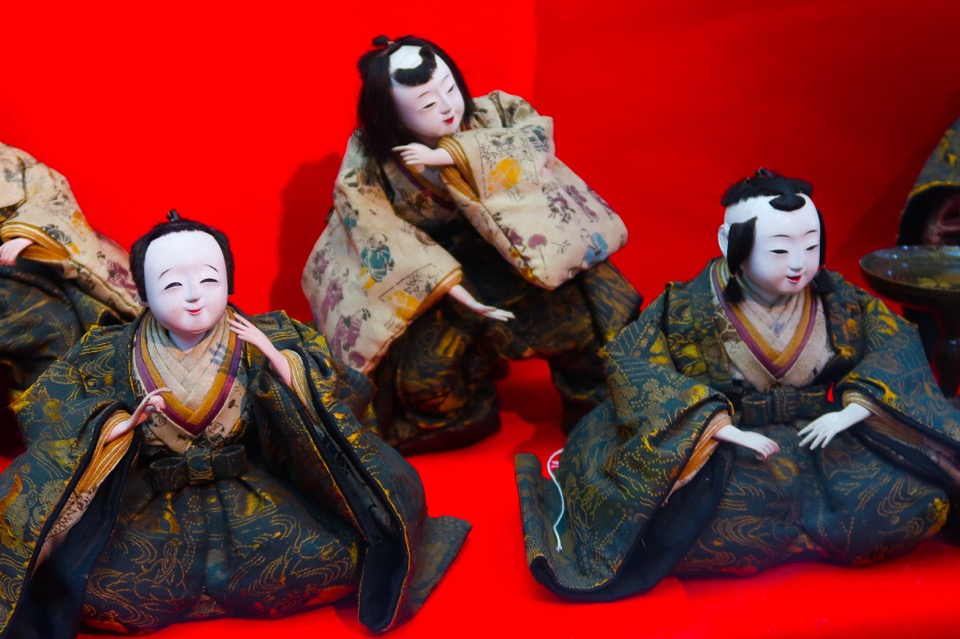

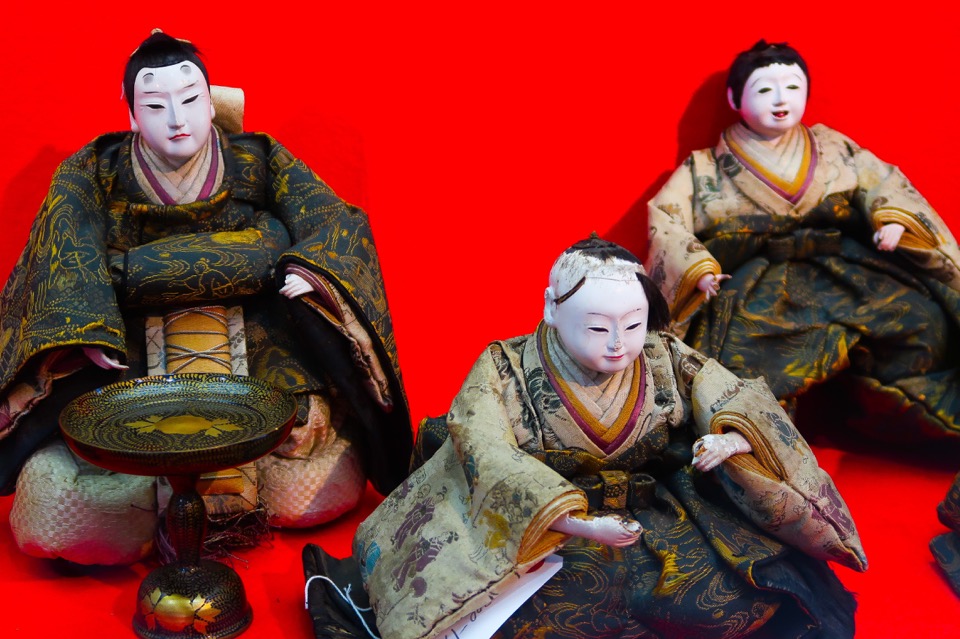
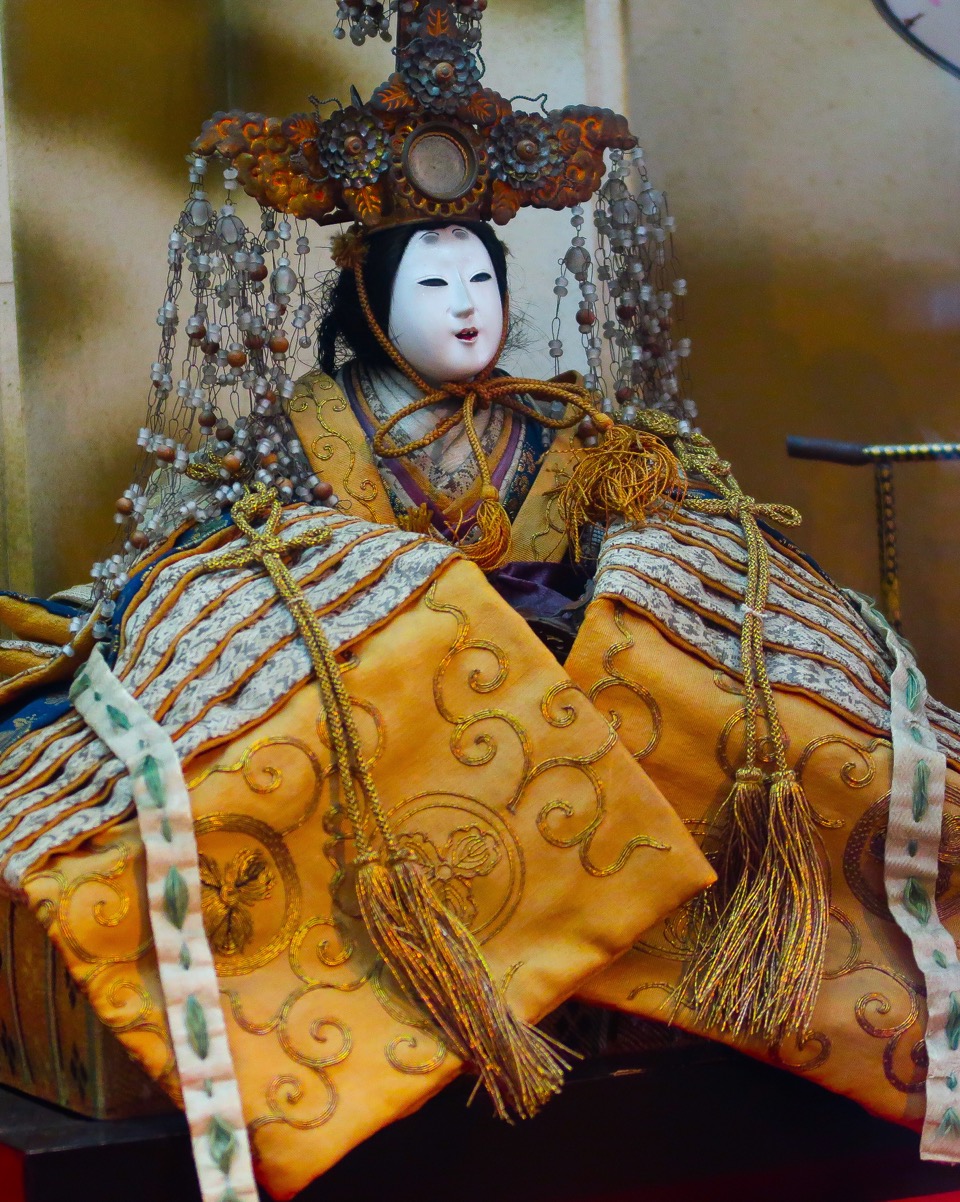
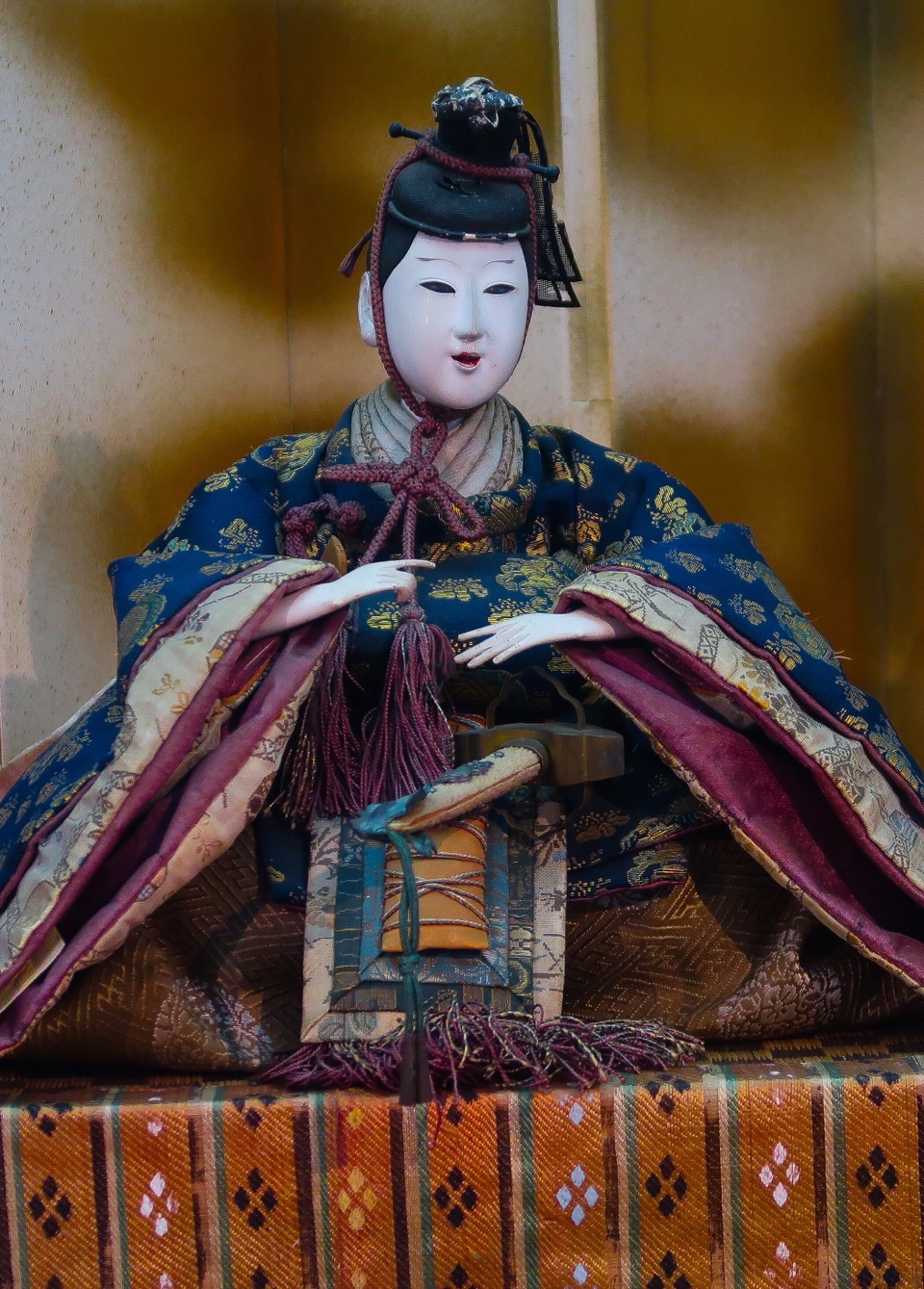
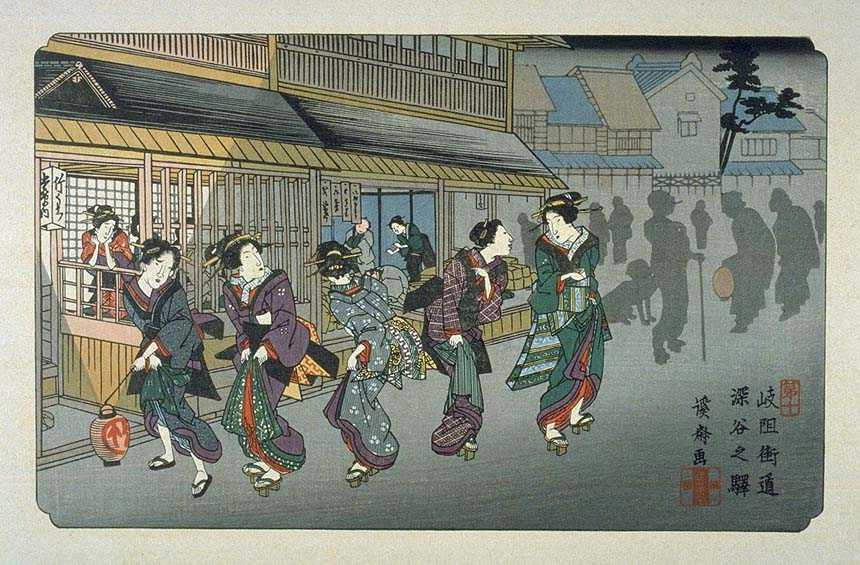
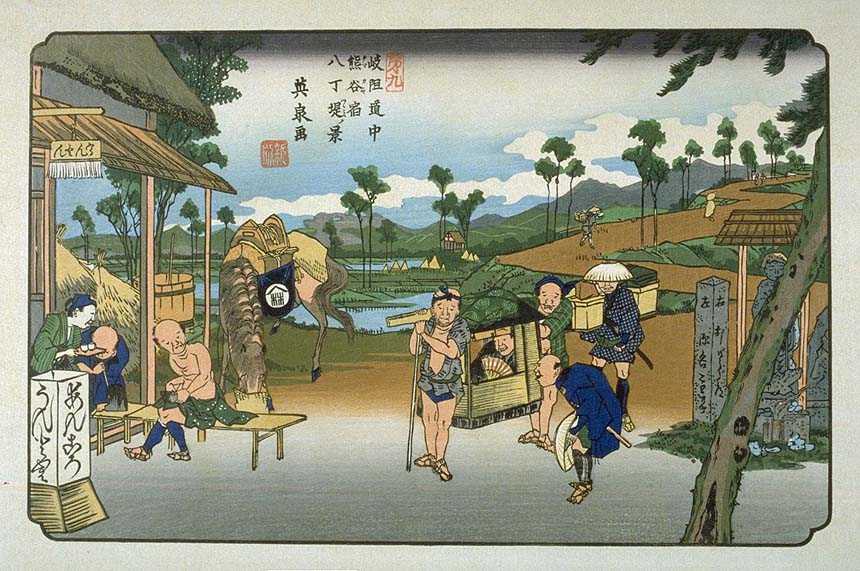
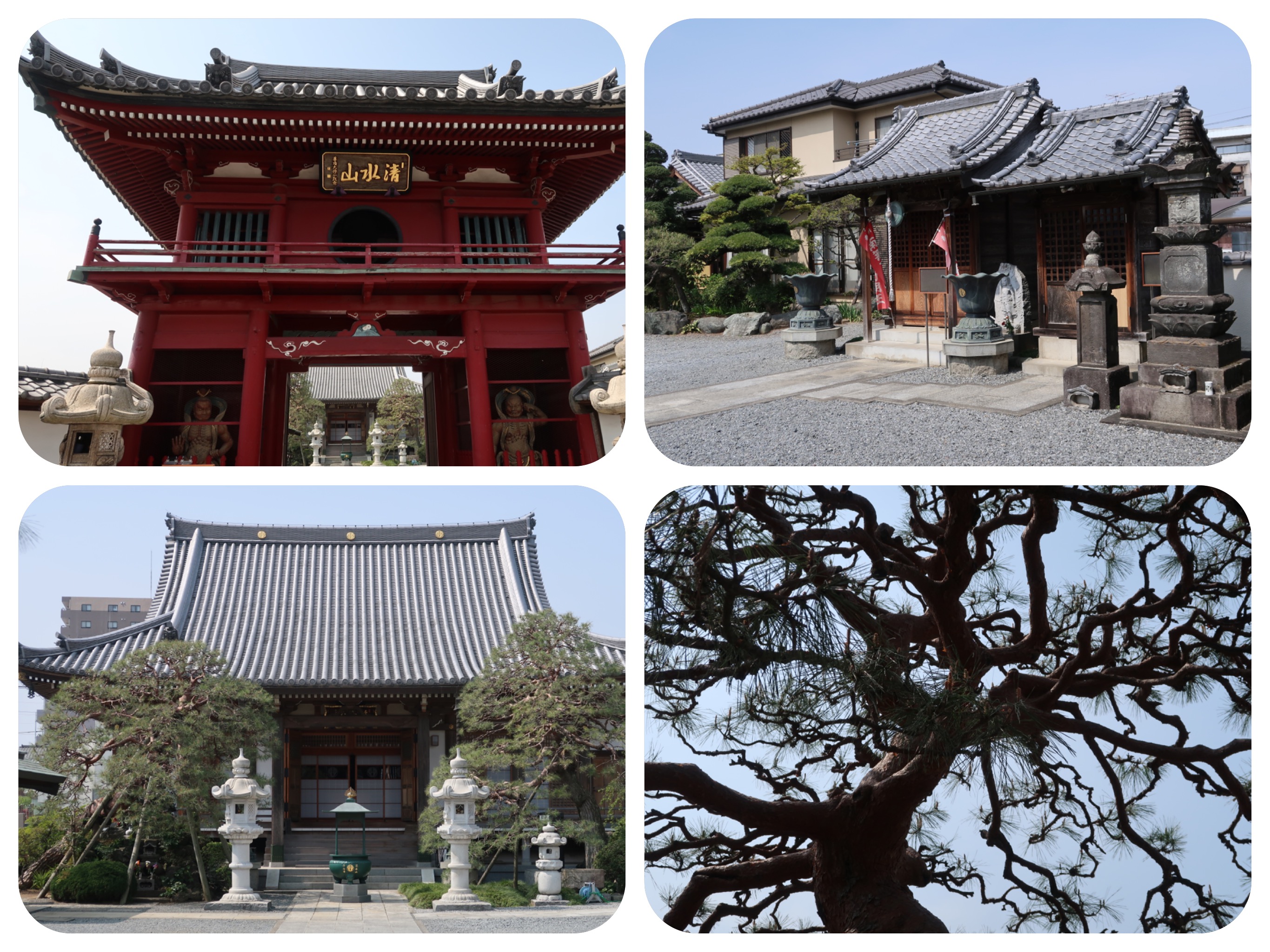
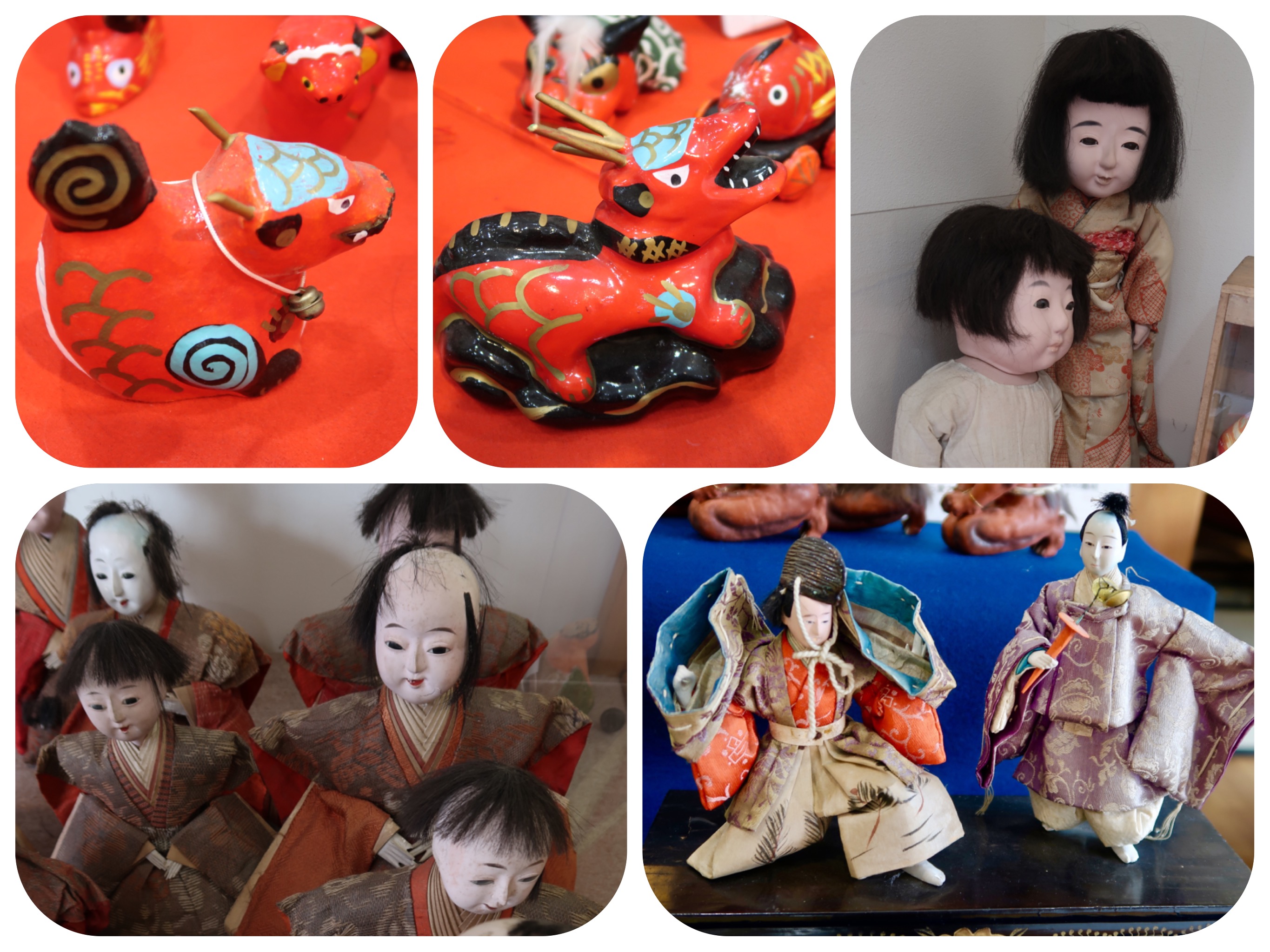
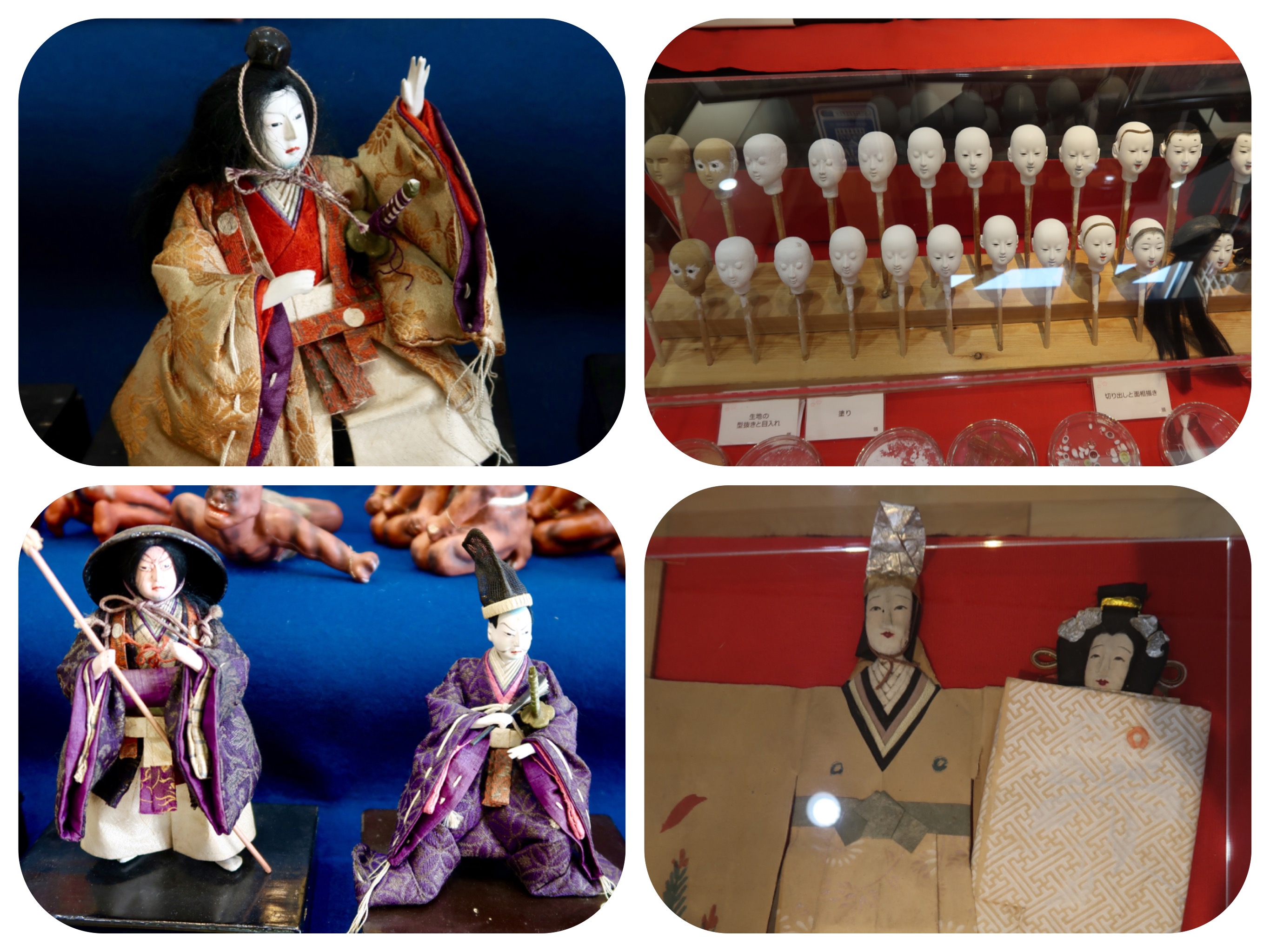
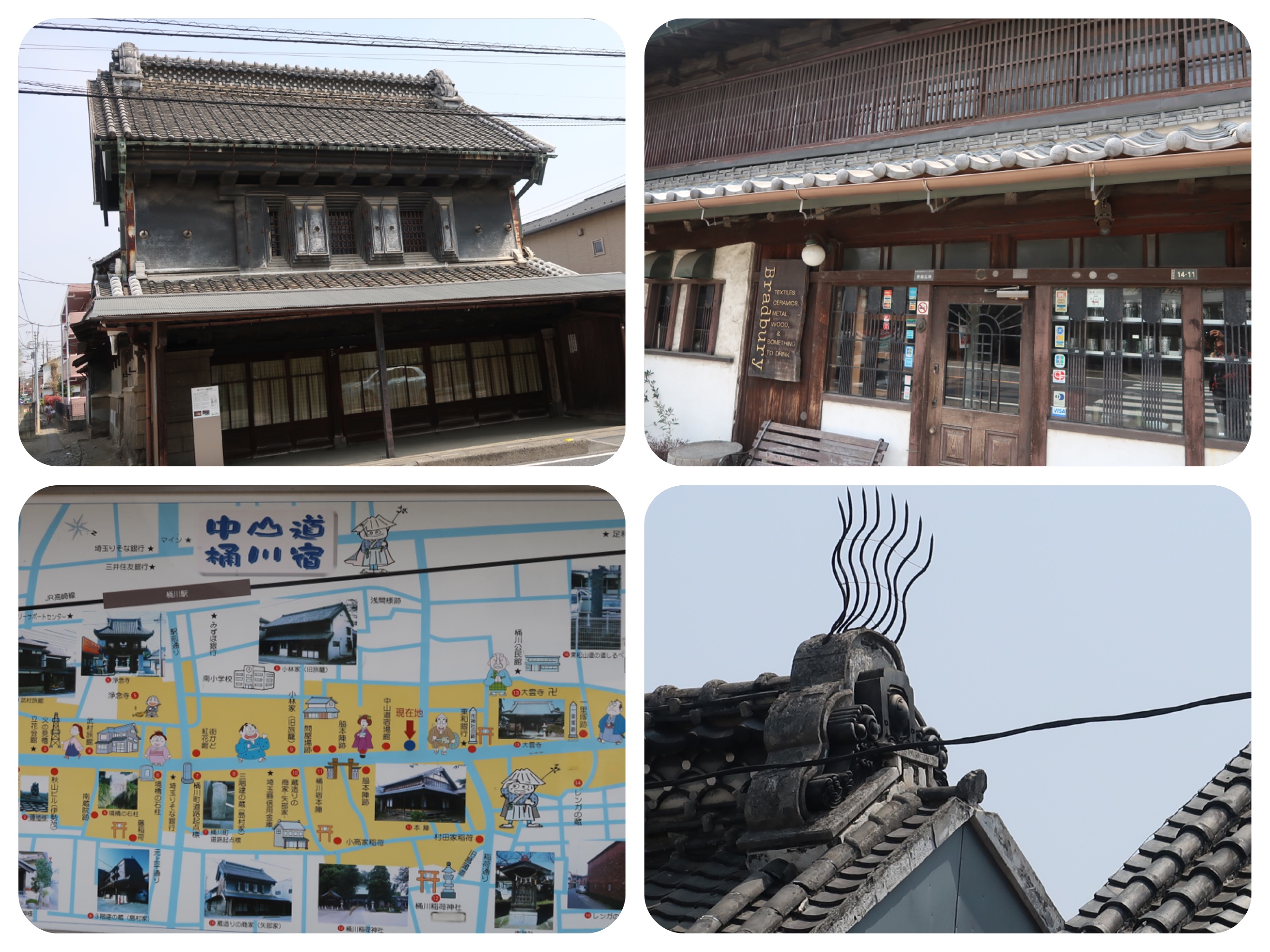

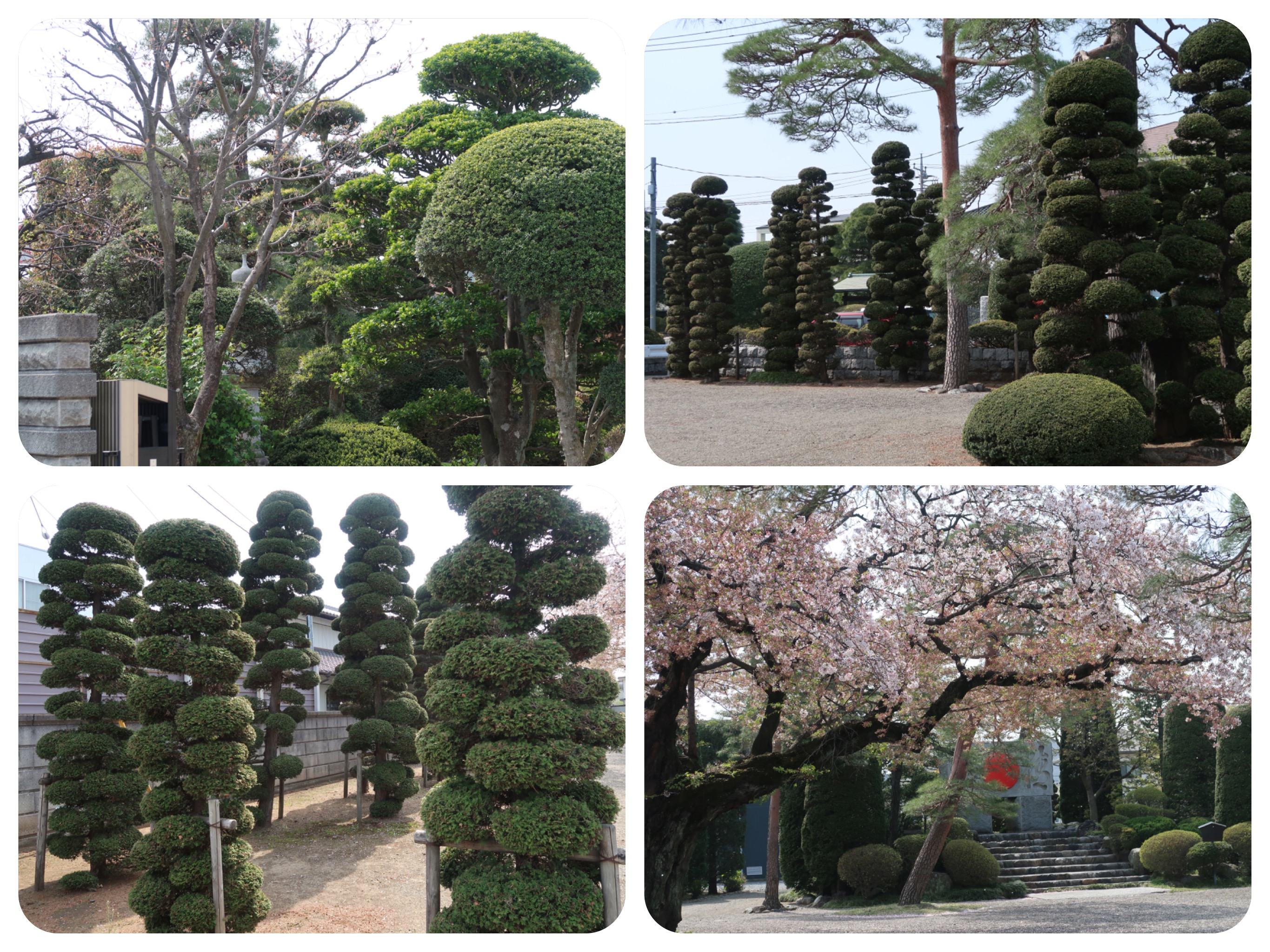

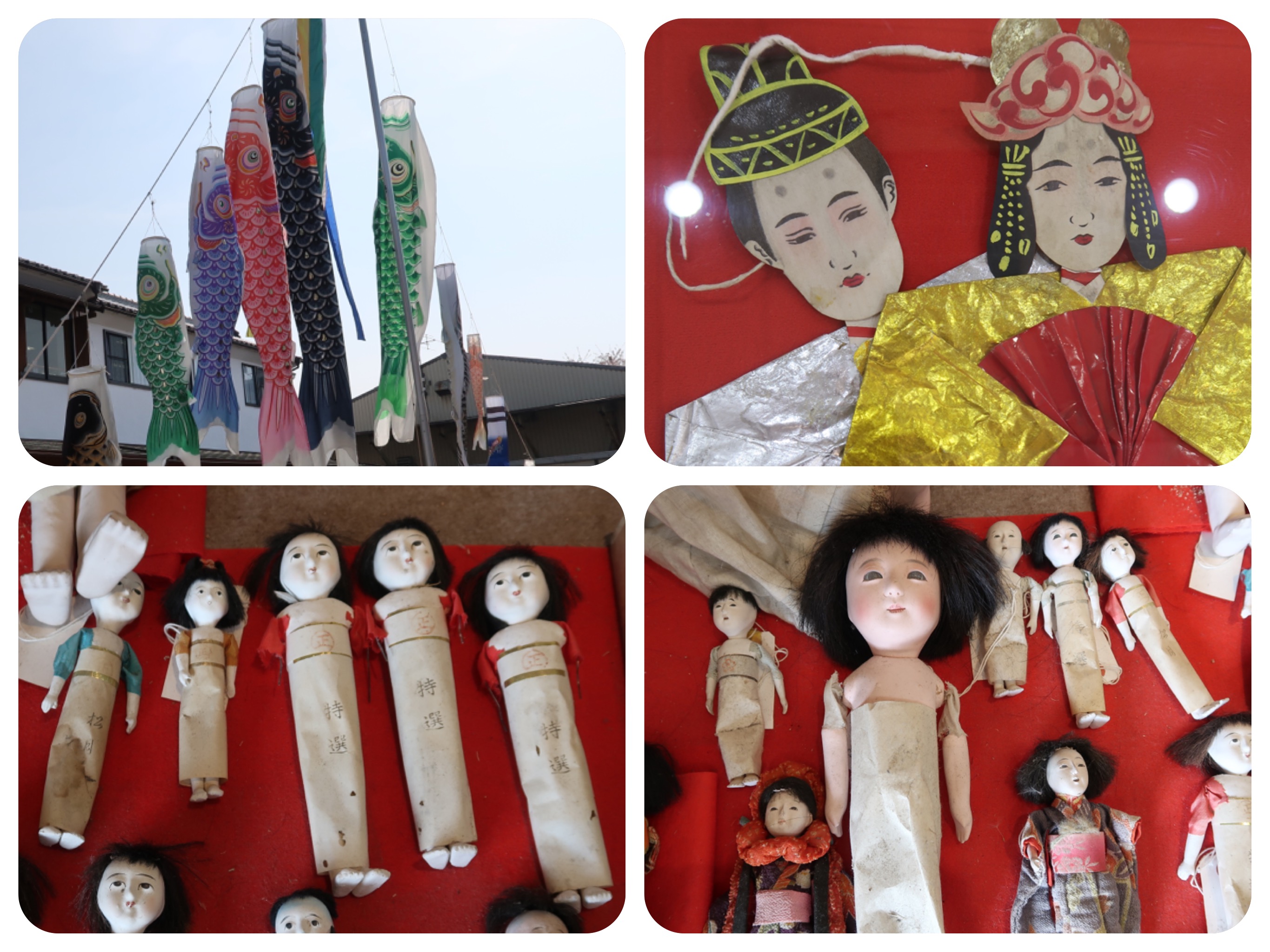
Day 3 - Walking The Nakasendō, and Lessons In Moderation Learned from Hina Dolls
We started walking this morning from Ageo, where we had stopped last night and taken the train to our hotel.
We walked out of the Ageo train station and rejoined the Nakasendo.
The route markings still did not show up often, and the modern day signage informed us that the road had changed from route 17 to route 164.
Along the way, the Nakasendo passed by the station town of Okegawa-shuku, Station #6, which was also famous for its large number of Meshimori Onna (maids and waitresses who worked in inns and engaged in prostitution).
Okegawa had upwards of 20 brothels.
The station was also famous for its Inari Shrine, and for its hot springs, which were claimed to be effective against a number of ailments.
We did not stop to enjoy the hot springs, since we would be staying tonight in a hot springs hotel, and would be able to relieve our achy feet after the long day of walking.
Some of the old Edo-era structures around town have actually survived to the present day.
Additionally, the Takemura Ryokan, which operated during the Edo period, is still open for business, keeping the same atmosphere as in its past.
The city of Okegawa now runs a Nakasendō Shukuba-kan, which provides information on the old post town, as well as books, prints and walking maps.
We stopped in and the man who worked there asked us where we had walked from, what was our goal for the day and how long we had allotted to walking the whole pilgrimage.
He said that the crossing the mountains might be very cold now.
He understood the hardships of the road and had sympathy in his eyes. Before we left, he helped us to print a postcard, using inks and rollers.
In the station town of Kōnosu-shuku, Station #7, we stopped at the Tourist Information Office that also hosts an amazing display of Hina Dolls.
We almost missed it.
We stopped to admire the old storehouse architecture in the back, and noticed that they had a sign for toilets.
A friendly woman who worked at the information center ran out and offered us some brochures written in English about the town and its uniquely handcrafted Hina Dolls.
Hina Dolls are made all over Japan, but here in Kōnosu they began making them over three hundred years ago.
The dolls are lavishly costumed with elaborate kimonos, layered in many layers of fabric.
They live in their own houses, complete with miniature furniture, dishes, tatami mats, futons and lights.
Fortunately, the representative at the Information center spoke excellent English, so we had a wonderful guided tour of the creative genius of the dolls on display and the other craft-works of Kōnosu.
We were able to learn a lot about the dolls and the many traditions and festivals related to them.
There was also a colorful display of Akamono.
Akamono are bright red traditional toys.
People believe that the color red can prevent evil from harming kids, including the evil energy that causes smallpox.
In those days parents feared the disease because it could be fatal to babies, and even if kids recovered from smallpox, they were left with terrible marks all over their bodies.
People thus put Akamono red toys near their children as a talisman.
Even though today people no longer believe that diseases are caused by evil spirits, the tradition lives on with their love for the beauty of the past.
On Boys’ Day, which is celebrated yearly on May 5th, the tradition is to hang wind socks shaped like carp fish, which flutter gaily in the breeze.
The carp, which are strong, adaptable and resilient fish, are a symbol of strength, overcoming challenges and success.
There is an ancient Chinese story about a carp who became a dragon, by swimming upstream and up steep cascades of water, and by its hard effort and success, it became a powerful dragon.
On Girls’ day, which is celebrated yearly on March 3rd, the tradition is to display the collection of Hina Dolls that the family owns.
On Girls’ day, people pray for the happiness and health of their daughters.
The heads of the Hina Dolls are made from sawdust and glue.
The sockets for the eyes are carved out, and glass eyes are inserted.
The hair is decorated with traditional ornaments.
The kimono is designed with beautiful silk and layers of fabric.
There are dolls of the Emperor and Empress, court ladies and wise advisers, poets, court attendants, servants, musicians, philosophers and writers.
Originally, the Hina Dolls were not so elaborate.
The Dolls were made to protect girls, and the tradition was to burn them or toss them in the river, to remove or pacify bad spirits that create illnesses.
The sacrificial Dolls were shaped like humans and made from paper.
Before putting them in the river or burning the paper dolls, people stroked their bodies with the dolls for good luck.
With the years, the dolls grew more and more elaborate and more beautiful, with silk kimonos and beautiful facial expressions.
Thus people no longer burned their dolls, but displayed the dolls in their home shrines for about a month around Girls’ day.
Giving Hina Dolls to a newborn girl is still a tradition that goes on in Japan today.
Some have as many as hundreds of dolls, which require careful storage and maintenance.
The family will display the dolls for a month until Girls’ day, on March 3rd, and enjoy the beautiful display.
The city of Kōnosu displays Hina Dolls every year in the same way, in a huge pyramid of thousands of dolls, arranged in different locations around the city.
It was and still is believed to be unlucky to display the dolls after Girls’ day.
It is believed that the girl would not have a good marriage match, or that she would be unhappily married if the dolls are displayed all year round.
Then, with a smile, the Information Center lady told us that there is another reason not to display the dolls all year round, and that is to be able to understand the idea of beauty in moderation.
After we left Kōnosu, I had hours to reflect on the idea of beauty in moderation.
It is true that if the dolls were displayed all year long in the house, the people would stop noticing them.
The dolls would become like any another piece of furniture in the house.
By displaying them only once per year, their beauty shines.
We were told that some local older ladies donated their own dolls to the city to be displayed at the information center.
The dolls require cleaning and upkeep, and their elaborate wooden houses need to be made again every year or two, so the older ladies are no longer able to keep them.
She told us that as the doll owners get older and are no longer able to take care of the dolls as they should, they donate them to the city to preserve them in excellent condition.
Right across the street from the Information center, we stopped at a fantastic homemade ice cream store named Bambola.
The flavors were natural and very tasty.
I had lemon and Mikan (orange), and Jules had matcha and black sesame (goma) ice cream.
It was a nice refreshing break from our walk in the bright sun today.
By the end of the day, we had walked for more than six hours, and covered about 25 km.
We were so happy to have completed today’s walk, because we knew that we were going to a hotel with a hot spring Onsen!
We took the train about 20 km north, and then a taxi to our hotel.
We changed into Onsen pajamas, ate a dinner at the hot spring restaurant, and then enjoyed the soothing Onsen.
I used all the facilities they offered.
I soaked in the rotenburo (outdoor bath), sat in the electric current bath, relaxed in the section of the pool that had strong jets and an ice cold tube to cool off your neck, scrubbed my body with salt in the hot sauna, and laid in the wooden private baths.
The hotel gave us a large selection of toiletries, and chocolate kisses to take to the room.
It was a very small but clean room, and we drifted off to sleep the minute we put our heads on the pillows.
Day 3 - Stations/ Post Towns- Ageo to Okegawa to Kōnosu
Total walking time 9 hours
Active walking time 6.5 hours
Total steps: 36,140 steps
Daily Kilometer 26.5 Kilometers
Total Kilometers walked up to date: 82.5 Kilometers
Accommodation: Hana Hotel and Spa, Fukaya
Station town in Saitama Prefecture:
5. Ageo-shuku (Ageo)
6. Okegawa-shuku (Okegawa)
7. Kōnosu-shuku (Kōnosu)
